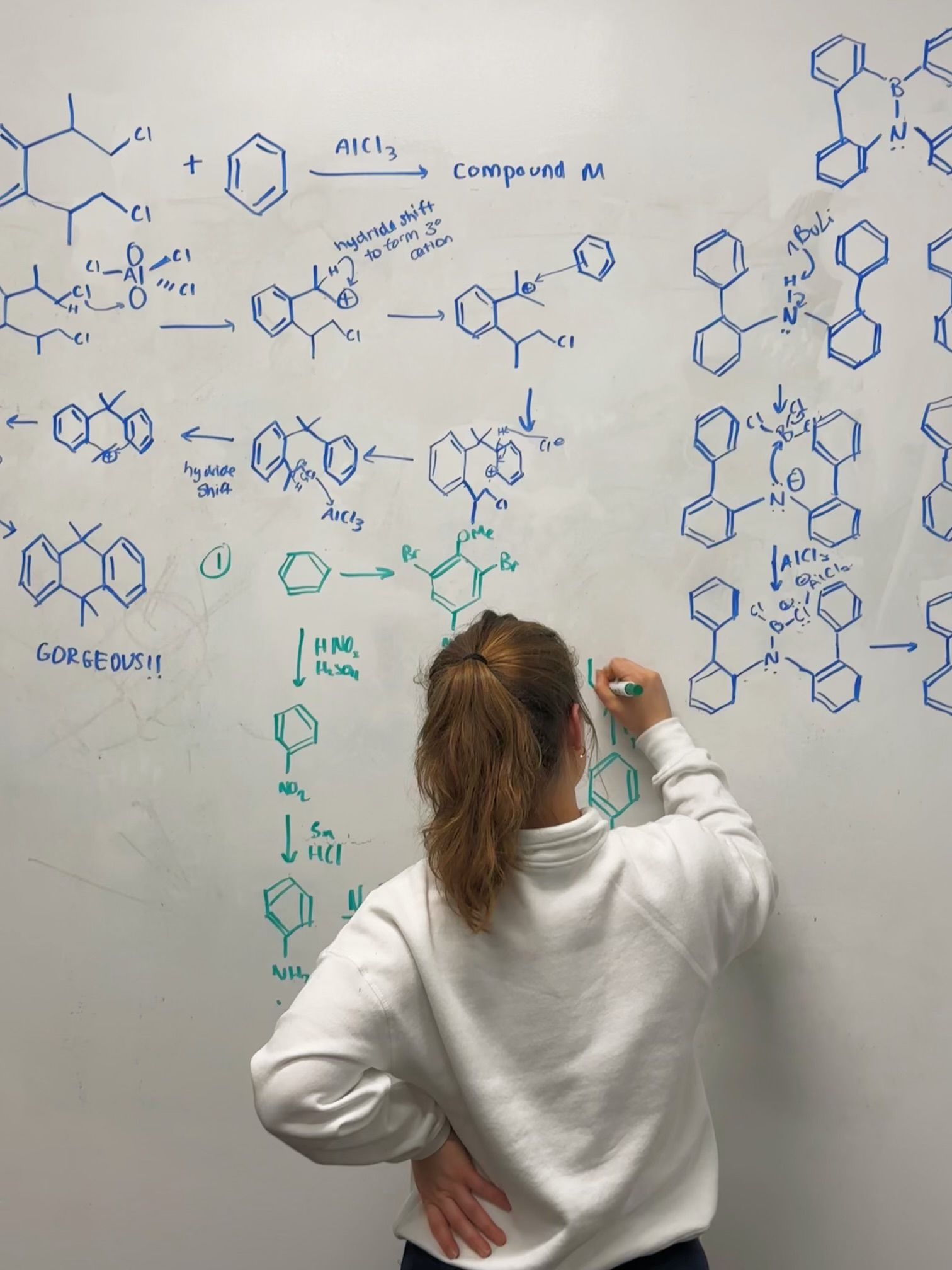Bringing data to life on IoT connected construction sites, Built Environment Matters podcast with Craig Lamont, Chief Commercial Officer of asBuilt
He has extensive experience across a number of sectors including Healthcare, Cultural & Heritage and Sports.. Ian’s specialist discipline is.
Lincoln explains how data centres are adapting to these changes by exploring advanced cooling technologies, such as liquid cooling, to handle the higher heat loads generated by AI applications.The industry is currently in a learning phase, adapting to these new requirements while simultaneously building and deploying new facilities.. 4.

The importance of sustainability in data centre design.Sustainability is a core focus at Edged, and Lincoln emphasises the importance of designing data centres that minimise environmental impact.By leveraging innovative technologies and sustainable materials, Edged aims to create data centres that not only meet current energy demands but are also prepared for future growth.

This commitment to sustainability is not just a business strategy but a responsibility towards addressing global climate challenges.. 5.Using data centres as a testing ground for broader technological innovation.

One of the most intriguing points discussed is how data centres can serve as testing grounds for technological innovations that could be applied to other sectors.
The consistent demand for data centre infrastructure provides a unique opportunity to experiment with and refine new technologies, such as advanced cooling systems and energy management solutions.The podcast emphasises the shift towards process intensification and automation as solutions to the challenges faced by traditional manufacturing.
These innovations promise to deliver lean and agile manufacturing, reducing waste, improving quality, and enabling the production of more complex molecules more efficiently.. 4.The future of pharmaceutical manufacturing:.
A significant focus is on the concept of miniaturisation and continuous processing as part of a new paradigm in drug manufacturing.This approach not only reduces the environmental footprint and costs but also enhances safety and quality by enabling smaller, more controlled, and flexible production processes.. 5.




